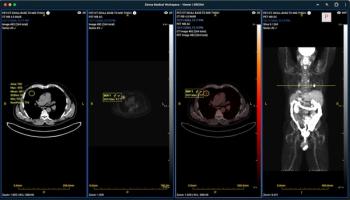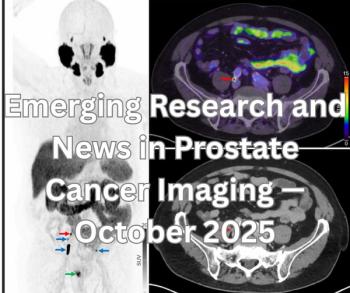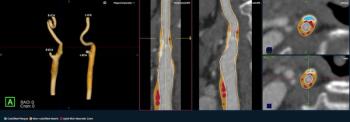
Radiologist Participation in Accountable Care Organizations Growing
The number of radiologists becoming affiliated with ACOs increased more than three-fold from 2013 to 2018.
Radiologist participation in accountable care organizations (ACOs) is on the rise, a move that could signal an increase in specialty care available to patients.
From 2013 to 2018, not only did the number of radiologists participating in ACOs increase more than three-fold overall, but their participation also increased in small-to-medium sized groups, said a team of investigators from the Georgia Institute of Technology and Emory University in a study published May 19 in the
“We believe that our work shows that [Medicare Shared Savings Program] ACOs are increasingly recruiting radiologists into their plans alongside other specialty care providers, potentially preparing themselves to better assume downside risk in the program while simultaneously improving care and clinical outcomes,” said the team led by Danny R. Hughes, Ph.D., professor and director of Georgia Tech’s Health Economics and Analytics Lab and affiliate senior research fellow with the Harvey L. Neiman Health Policy Institute.
Related Content:
By participating in ACOs, radiologists can better position themselves to manage imaging utilization and participate in care coordination. Recent research has shown that while ACOs with more specialists might have higher MRI volume, they also experience less emergency department visits, hospital admissions, and skilled nursing facility admissions.
To evaluate radiologist ACO behavior, the team retrospectively examined data from 2013 to 2018 on Medicare-participating radiologists gathered from the Centers for Medicare & Medicaid Services (CMS) MSSP ACO Provider Research Identifiable Files.
Based on their analysis, they determined the percentage of Medicare-participating radiologists who were affiliated with MSSP ACOs grew from 10.4 percent to 34.9 percent during the six-year time frame. Among ACOs, 87 percent of large groups – those with more than 20,000 beneficiaries – had participating radiologists, and throughout the study period, the number of medium-sized ACOs (between 10,000-to-20,000 beneficiaries) with radiologists increased from 62.5 percent to 66 percent. Small ACOs, those with fewer than 10,000 beneficiaries, grew the most, rising from 26.3 percent to 51.6 percent.
A significant portion of the growth in radiologist participation occurred in the South, the team said. Throughout the study, ACOs with participating radiologists in the South outpaced those without radiologists – growing 315 percent compared to 93 percent, respectively.
During this time period, the team found, ACOs with participating radiologists served approximately twice as many Medicare beneficiaries as did organizations without radiologists. In addition, groups with radiologists had a higher rate of specialist representation altogether – 56 percent versus 33.7 percent, respectively. These more sizable groups may be better equipped to implement care coordination strategies, they explained.
There could be several reasons for this uptick, the team said. In some instances, radiologists who are already part of multi-specialty groups may have been passively included, and others could have been proactive in an effort to avoid challenges associated with the Merit-Based Incentive Payment System. It is also possible that some radiologists opted to participate in an ACO out of their commitment to value-based care and a desire to have a greater role in utilization management and care coordination.
For more coverage based on industry expert insights and research, subscribe to the Diagnostic Imaging e-Newsletter
Newsletter
Stay at the forefront of radiology with the Diagnostic Imaging newsletter, delivering the latest news, clinical insights, and imaging advancements for today’s radiologists.
































